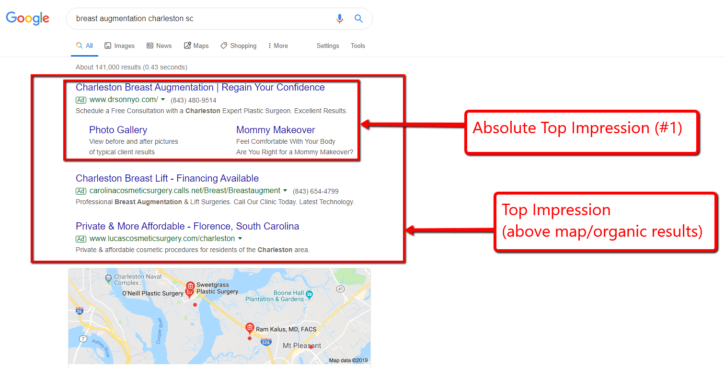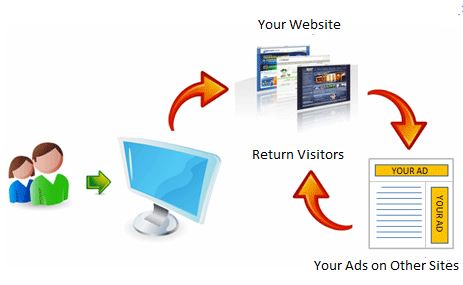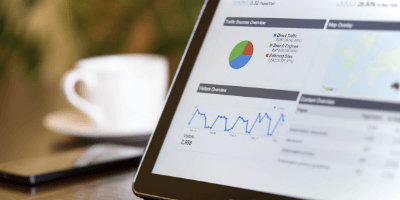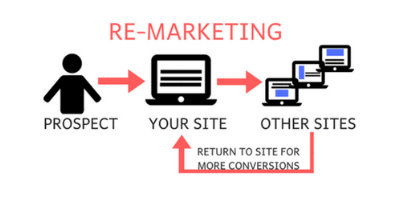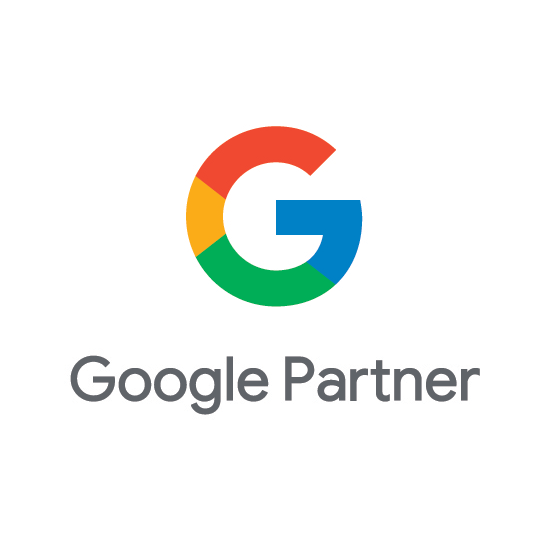As we approach 2020, it’s important for all aesthetic practices, including plastic surgeons, medical spas, and cosmetic dermatologists, to be aware of two big changes Google is rolling out within the Google Ads platform.
These updates by Google come on the heels of their adjustments to the ads and bidding process, an effort to automate how ads are set up and run. In this article, we’ll dive into how these latest changes affect your ads and their performance.
1) New Policy for “Unproven or Experimental Medical Techniques”
Back in early September, Google announced a new health care and medicines policy that bans advertising for “unproven or experimental medical techniques.”
Which procedures constitute “unproven or experimental?”
In this announcement, Google clarified that the ban would include “...most stem cell therapy, cellular (non-stem) therapy, and gene therapy. This new policy will prohibit ads selling treatments that have no established biomedical or scientific basis.”
Many welcome this new policy as it is helping to prevent charlatans from pushing baseless products. The president of the International Society for Stem Cell Research, Deepak Srivastava, said this about the new policy:
“a much-needed and welcome step to curb the marketing of unscrupulous medical products such as unproven stem cell therapies.”
What about aesthetic procedures?
The objective of Google’s policy is to focus on medical treatments, but there’s overlap between medical and aesthetic with treatments such as:
- Platelet Rich Plasma (PRP)
- Vampire facelift
- Stem cell facial rejuvenation
- O shot or P shot
Laser treatments or surgical procedures should be safe from this policy, but nothing is set in stone. If you’re going to run ads you can best protect yourself from any policy violation by following these basic guidelines:
- Do not make unsubstantiated claims
- Add disclaimers next to any before & after, testimonial, or expectation about an outcome
- Do not reference any “restricted drug terms” such as weight loss solutions, anabolic steroids, ephedra, and specific pharmaceuticals and supplements
- Getting Allergan approval for Botox or Juvederm ads
You can learn more about Google Ads’ policy guidelines here.
2) The Average Position is Disappearing
This isn’t new, in fact, Google announced in 2018 that they would sunset the average position metric on Monday, September 30, 2019, in favor of new metrics.
Why did Google make this move?
Google Ads product manager Pallavi Naresh gave the following rationale for the decision: “These new metrics give you a much clearer view of your prominence on the page than average position does.” Many experts see this as a move toward automation and automated bid strategies, which Google is clearly prioritizing.
What are these new metrics?
-
Top impression rate – the percentage of your total impressions that are coming from the top of the SERP (top 3-4 ads above the organic results).
Top impression rate = Top impressions / Total impressions
-
Absolute top impression rate – the percentage of your total impressions that are coming from the very top of the SERP (#1 ad).
Absolute top impression rate = Absolute top impressions / Total impressions
-
Top impression share – the rate at which you’re turning opportunities to appear at the top of the SERP into actual impressions at the top of the SERP (top 3-4 ads above the organic results).
Top impression share = Top impressions / Eligible top impressions
-
Absolute top impression share -the rate at which you’re turning opportunities to appear at the very top of the SERP into actual impressions at the very top of the SERP (#1 ad).
Absolute top impression share = Absolute top impressions / Eligible absolute top impressions
So what does this mean for my ads?
Very little, unless you have custom rules set up that are based on average position. It’s a little annoying for those who like to see where their ads are showing in a single, simple-to-understand stat, but the new metrics will actually provide a little more detail.
Averages can sometimes be misleading, so knowing the exact % of times you’re in position #1 vs. simply knowing you are averaging position 1.4, for example, provides more information. You can now evaluate your conversion rates when being in position 1 vs. being in positions 2-3.
Should I Even Invest in Google Ads?
Perhaps you’ve had a bad experience in the past. Maybe you’ve been reading about the “doom and gloom” surrounding Google automating more of the ad configuration (as noted above). Or maybe you think that if you run ads your competitors are simply going to click your ads to exhaust your budget.
Whatever your preconceived notions are about running ads my advice is to keep an open mind. Almost any ad medium that allows you to target people looking who are actively looking for the exact solutions you offer is worth considering, even if you’re already ranked well organically.
Google Ads has no year or even monthly contracts; you can pause or stop running ads at any time. That said, if you’re going to test out some ads, make sure that you’ve not only configured the ads well (obviously), but give yourself a solid 2-3 month sample size of data before evaluating.
Need Help With Google Ads?
If you run an aesthetic practice and you’re looking to grow your leads in 2019-20 and beyond, whether you’ve run Google ads in the past or not, talk to TRBO. We always start with a full CRO (Conversion Rate Optimization) analysis and then dig into what’s been working for your practice and what hasn’t.
To learn more about getting started with Google Ads or to see how you can generate more leads for your practice drop us a line here or call Turo directly at 877-673-7096 x2.


